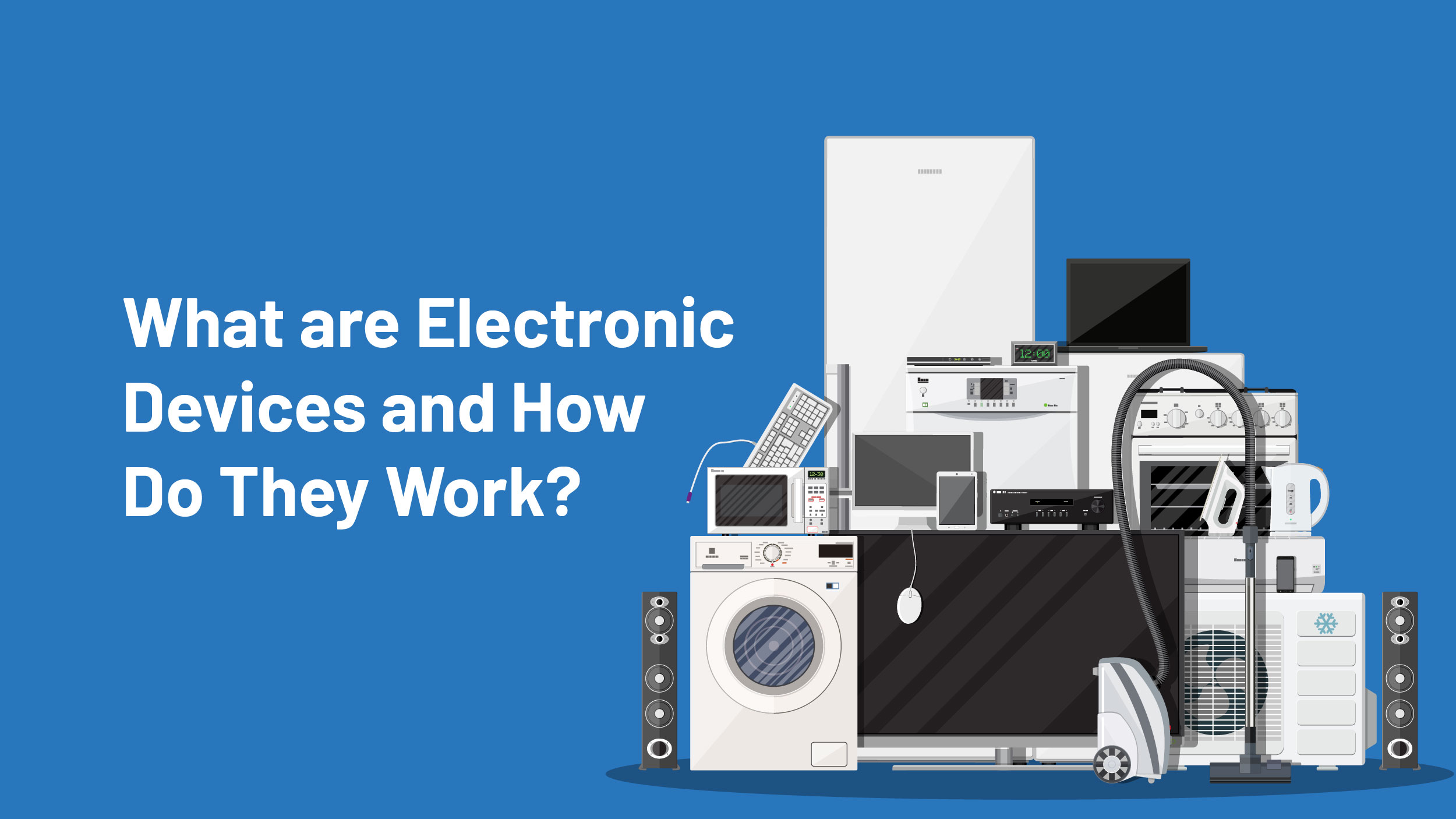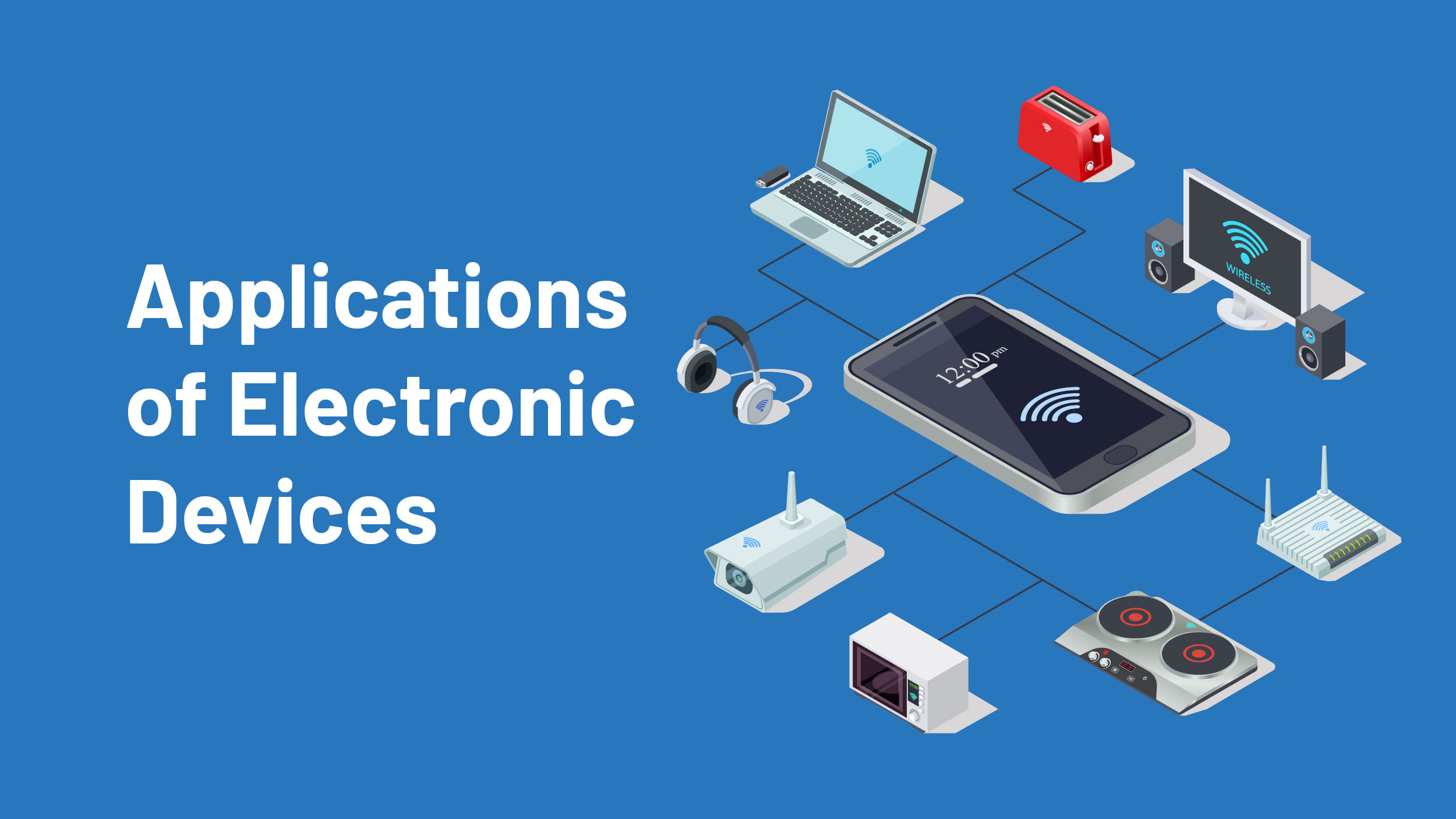Electronic devices are becoming an integral part of our modern lives. From smartphones and laptops to televisions, kitchen appliances, and portable electronics, they play a significant role in how we communicate, work, and entertain ourselves.
Simply put, these devices are gadgets that use electronic circuits to carry out specific functions. They rely on the manipulation of electrical signals to process and transmit information. Let’s understand their functioning in more detail, shall we?
What are Electronic Devices and How Do They Work?

The term “electronic devices” encompasses a wide range of products. At one end of the spectrum, we have portable devices like smartphones and tablets, which have revolutionized the way we connect with others and access information. These devices are equipped with touchscreens, processors, and communication modules that enable us to make calls, send messages, browse the internet, and run various applications.
Moving on, we have massive devices such as desktop computers, laptops, and wearable electronic devices that are essential tools for many professionals and students. These devices boast powerful processors, ample storage, and high-resolution displays, allowing users to perform complex tasks, create content, and stay productive.
Aside from personal gadgets, there are devices that are dedicated to specific functions. For example, televisions bring us an endless array of entertainment options, from streaming movies and television shows to gaming experiences. They combine advanced display technologies with sound systems to provide immersive audiovisual experiences in our homes.
How Do Electronic Gadgets Work?
These devices work by utilizing various technologies and components to perform their designated tasks. They rely on the principles of electricity, radio waves, light, and magnets to function effectively.
At their core, these are powered by electricity. They typically have a power source, such as a battery or a plug that connects to an electrical outlet. This power source provides the necessary electric current to operate the device.
One key component found in these gadgets is the circuit. A circuit is a closed loop that allows electrical current to flow in a controlled manner. It is made up of electrical components, such as resistors, capacitors, and transistors, which regulate and manipulate the flow of electricity.
Within electronic devices, signals are generated and processed to carry out specific functions. For example, in a smartphone, electrical signals from the user’s touch input are detected by the device’s touchscreen and converted into digital information. This information is then processed by the device’s central processing unit (CPU) and other integrated circuits, which execute the necessary commands and tasks.
Furthermore, these gadgets often make use of radio waves for wireless communication. Devices like smartphones rely on radio frequency communication to make phone calls, send text messages, and access the internet. These devices contain radio frequency transceivers that transmit and receive signals, allowing for seamless wireless connectivity.
Innovations in Electronic Devices
There are so many new and innovative features in these devices that it can be hard to keep up! Here, we’ll take a look at a few of the more popular ones and how they work.
One of the most popular innovations in consumer electronic devices is the rise of the touchscreen. Instead of using physical buttons or switches, many devices now have touchscreens that allow users to interact with the device by touching the screen. This is especially useful for devices that are used in public, such as smartphones and tablets.
Another popular innovation is the integration of artificial intelligence (AI). AI has been used in a number of devices, including smartphones and digital assistants. These devices can learn about the user and adapt their functionality based on their individual preferences. This is a particularly useful feature for devices that are used multiple times a day, as it can simplify the process of using the device.
Another innovation that is becoming more and more popular is augmented reality (AR). AR is a technology that enables users to see digital elements in the real world. This helps create interactive experiences, such as when you wear an AR headset and see digital objects overlaid on top of the real world.
Applications of Electronic Devices

These gadgets have revolutionized our lives in many ways and have become an integral part of our everyday lives.
Below are some of their major applications:
-
Objects:
These devices can be used to control objects in the real world. For example, you can use an electronic device to turn on a light or play music.
-
Apps:
These gadgets can be used to access mobile applications. For example, you can use an electronic device to read a book or watch a movie.
-
Devices:
They can be used to control devices. For example, you can use an electronic device to turn on the TV or the oven.
-
Sensors:
Electronic devices can be used to detect things. For example, you can use an electronic device to measure the temperature or the volume.
-
Networks:
They can be used to connect to networks. For example, you can use an electronic device to connect to the internet.
Conclusion
As technology continues to advance at an unprecedented pace, we can only imagine the possibilities that lie ahead. From the development of artificial intelligence to the integration of devices into our everyday surroundings, the future promises even more exciting innovations. In this fast-paced digital era, let us not forget the wonders and marvels that electronic devices have brought into our lives.




